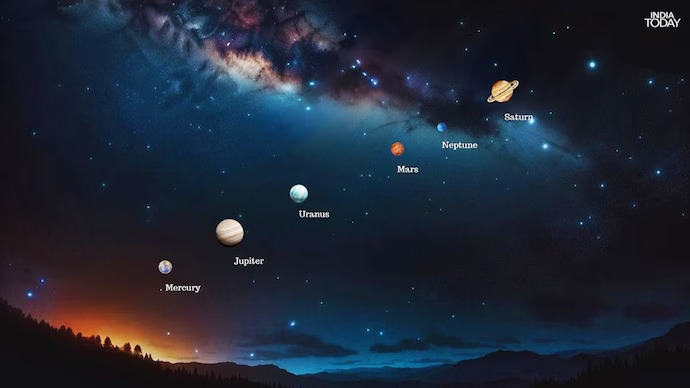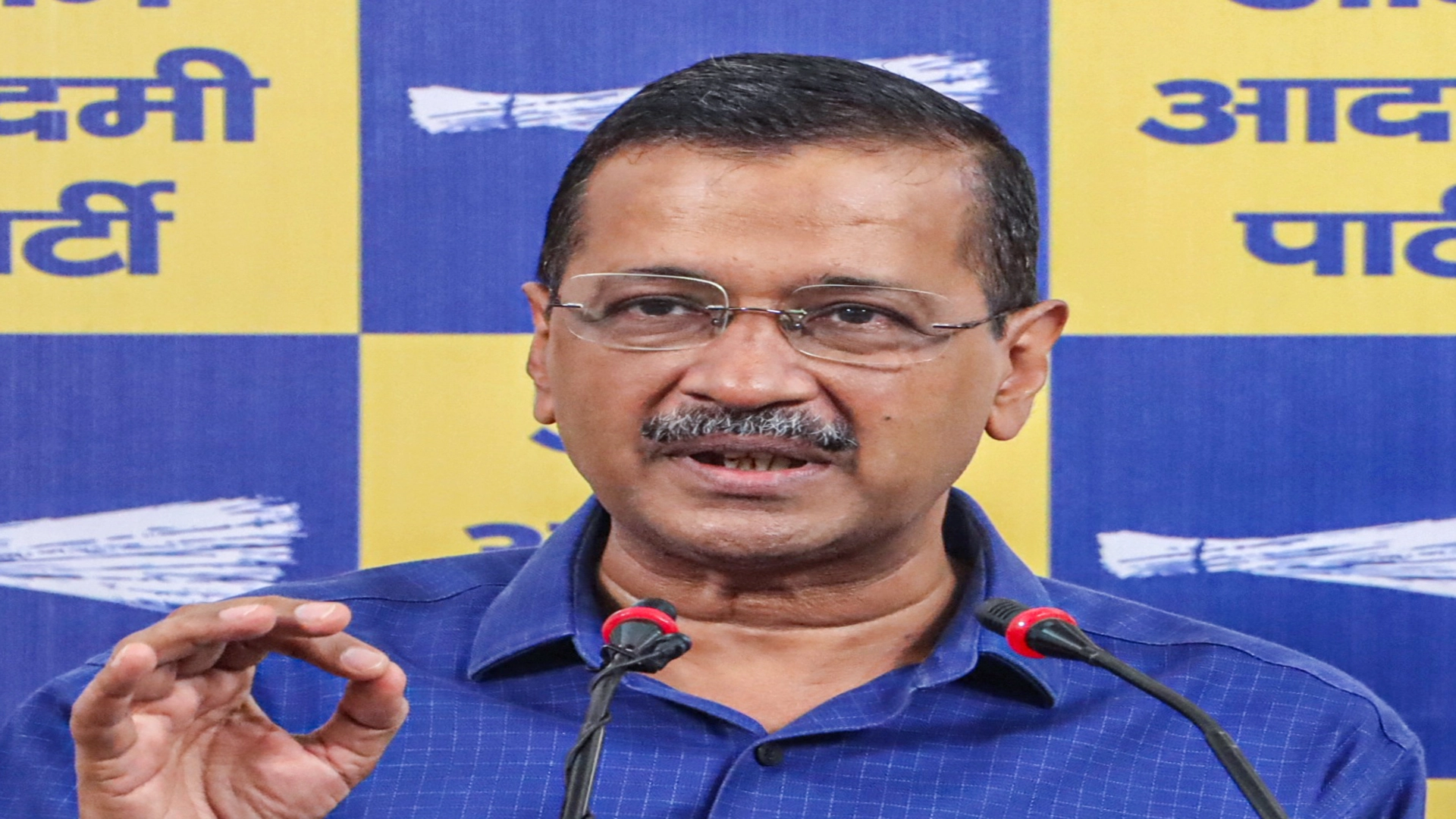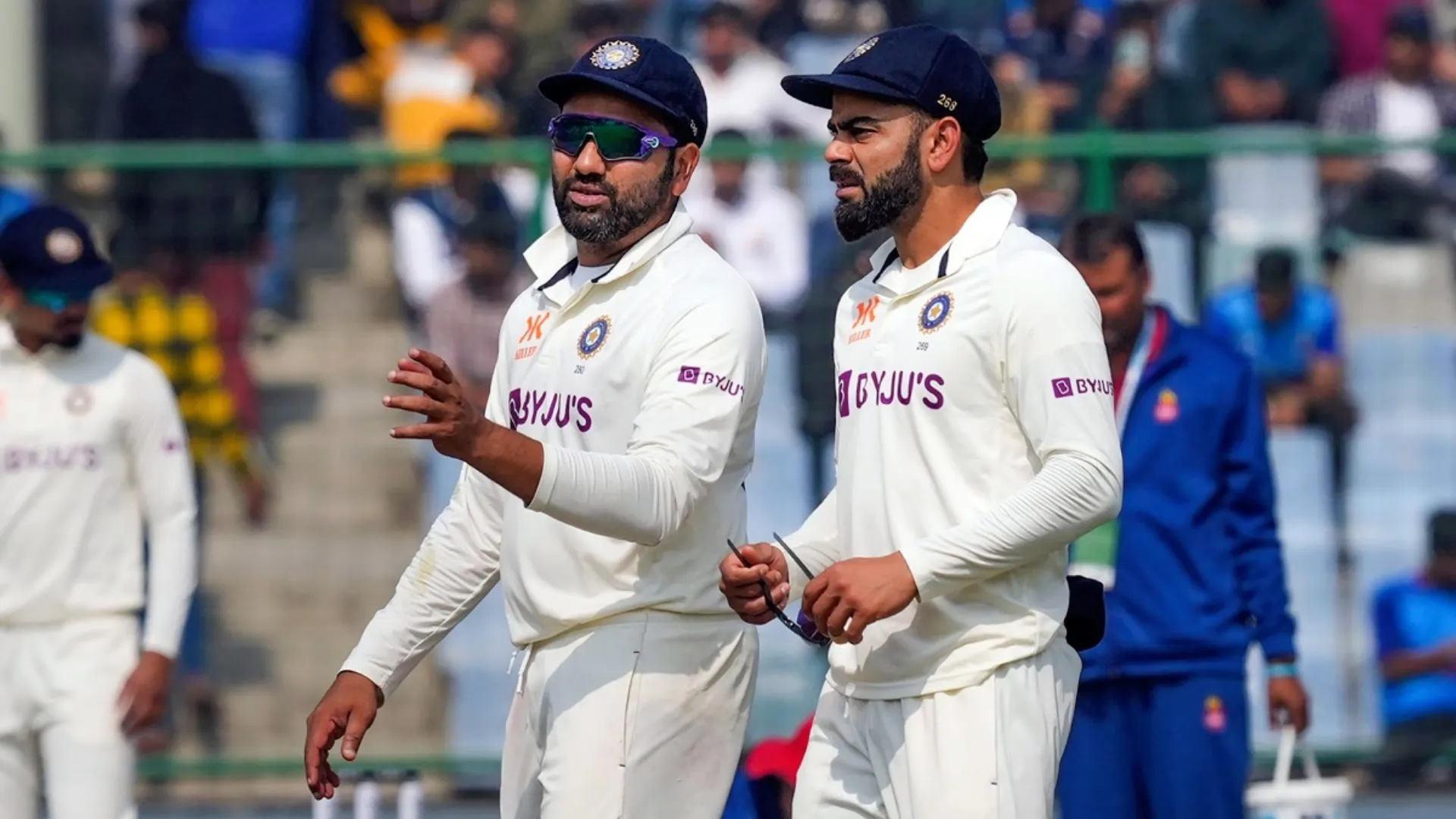The Monday dawn promises a treat for skygazers with a rare celestial event known as the parade of planets 2024. This unique planetary alignment, where all planets appear to align in a single line, will be most visible on Monday, June 3, offering a mesmerizing spectacle. Although the alignment can be observed over several days, Monday is expected to provide the clearest view.
What is Planetary Alignment?
Planetary alignment occurs when planets in the solar system align in such a way that they appear to form a straight line. However, it’s important to note that this alignment is more of an illusion than an actual physical event. The alignment is formed by six planets: Mercury, Mars, Jupiter, Saturn, Uranus, and Neptune, coming close together in the sky to create a conjunction.
Where to Watch it from in India?
This planetary parade can be observed from all across India, given clear skies, making it a celestial event accessible to many. Skygazers are advised to set alarms to catch a glimpse of the parade before sunrise each day throughout the week.
Best Time to Watch
For those eager to witness the spectacle, the optimal time for viewing is approximately one hour before sunrise on June 3. According to NASA, the parade of planets can be spotted “exactly one hour before” sunrise, with the Moon, Mars, and Saturn likely to be the most visible to the naked eye. However, telescopes may be required to observe other planets due to the bright light conditions.





















